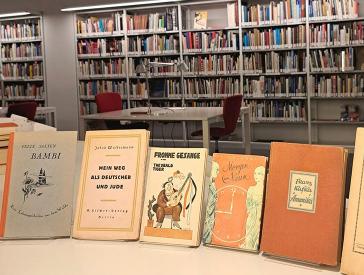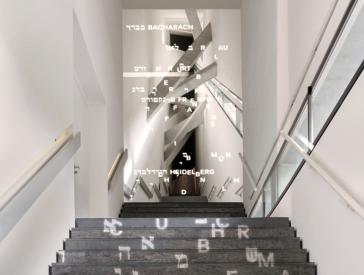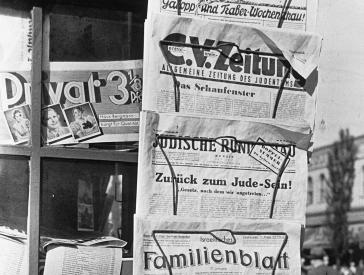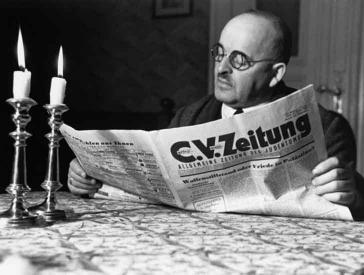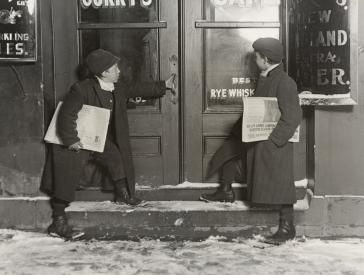"Micha Ullman: Under"
Press Invitation to the Exhibition Opening
Press Release, Tue 8 Mar 2011
Room Installation and Works on Paper by the Israeli Artist in the Eric F. Ross Gallery from 18 March
Micha Ullman is one of the most important Israeli sculptors of his generation. Since the 1970s, he has taught at art academies in Germany and his work has been shown in public places there. Best-known is his memorial to the book burning at Bebelplatz. The Jewish Museum Berlin acquired an important work by Micha Ullman last year – the installation "Under" presents 12 angular objects filled with red sand scattered across the floor. On closer inspection, they become recognizable as furniture fragments. The floor installation, a series of works on paper entitled "CHAIR I-IV," and a documentary film on the artist will be on show in the Eric F. Ross Gallery from 18 March.
We warmly invite you to attend the opening on Thursday 17 March at 7 pm.
- Kontakt
-
Press office
T +49 (0)30 259 93 419
presse@jmberlin.de - Address
Jewish Museum Berlin Foundation
Lindenstraße 9–14
10969 Berlin
Opening
-
Words of welcome
-
"Digging in search of a place of remembrance"
-
The Exhibition
Cilly Kugelmann, program director at the Jewish Museum Berlin
Volker Rattemeyer, former director of the Wiesbaden Museum
Inka Bertz, Head of collections, Jewish Museum Berlin
| When | Thursday 17 March 2011, 7 pm |
|---|---|
| Where | Libeskind Building, ground level, Eric F. Ross Gallery |
The Exhibition "Micha Ullman: Under" (18 March to 1 May 2011)
On the face of it, the installation "Under" consists of several angular, corroded steel forms filled with red sand scattered across the floor. Only gradually does the visitor recognize furniture fragments – tables, chairs, and glasses at skewed angles, some upside down. It is as if they have been hurled about the room or are floating on the surface of the water following a flood. The selected objects – tables, chairs, glasses – draw reference to the people who used them. Here Micha Ullman picks up on a thread that runs through many of his works, namely that the object itself is absent, invisible, and inaccessible.
The Jewish Museum Berlin acquired the floor installation "Under" last year and now presents it in the Eric F. Ross Gallery on ground level of the Libeskind Building, at the end of which the large walk-in Memory Void lies. Thus Micha Ullman’s artwork enters into dialog with the architecture of Daniel Libeskind and his concept of "Voids" in the museum.
Alongside the installation, the exhibition presents a series of works on paper by the artist, "CHAIR I-IV," acquired at an earlier date. Micha Ullman’s works on paper are the result of the artist’s experimental trials with materials such as sand or sand mixed with water in combination with a solid object such as a chair, table, or glass.
Insights into Micha Ullman’s working methods and the references in his work to his family history are shown in a documentary entitled "Micha Ullman in Berlin" by Ingo Kratisch (2009).
Artists in Public Places
Micha Ullman belongs to the generation of Israeli artists born in the 1930s who gave rise to a shift in Israeli art towards the conceptual and the political. His family fled a Thuringian village in 1933 to Palestine, where he was born in Tel Aviv in 1939. He studied at the Bezalel Academy of Arts and Design in Jerusalem and the Central School for Arts and Crafts in London. Since the 1970s, he has taught in Germany, first as a visiting professor at the Düsseldorf Art Academy and from 1991 to 2005 as professor for sculpture at the Stuttgart State Academy of Art and Design.
He became known as an artist in Germany through an important debate about commemoration and its aesthetics – the underground "Bibliothek" at Bebelplatz in Berlin. Two works by him can be found in the immediate vicinity of the Jewish Museum – the cube "Nobody" (1990) and a little further north, the installation "Leaf" created with Zvi Hecker and Eyal Weizman that commemorates the destroyed synagogue in Lindenstrasse. Micha Ullman has received numerous awards for his work, most recently the Moses Mendelssohn Prize from the Berlin Senate.
